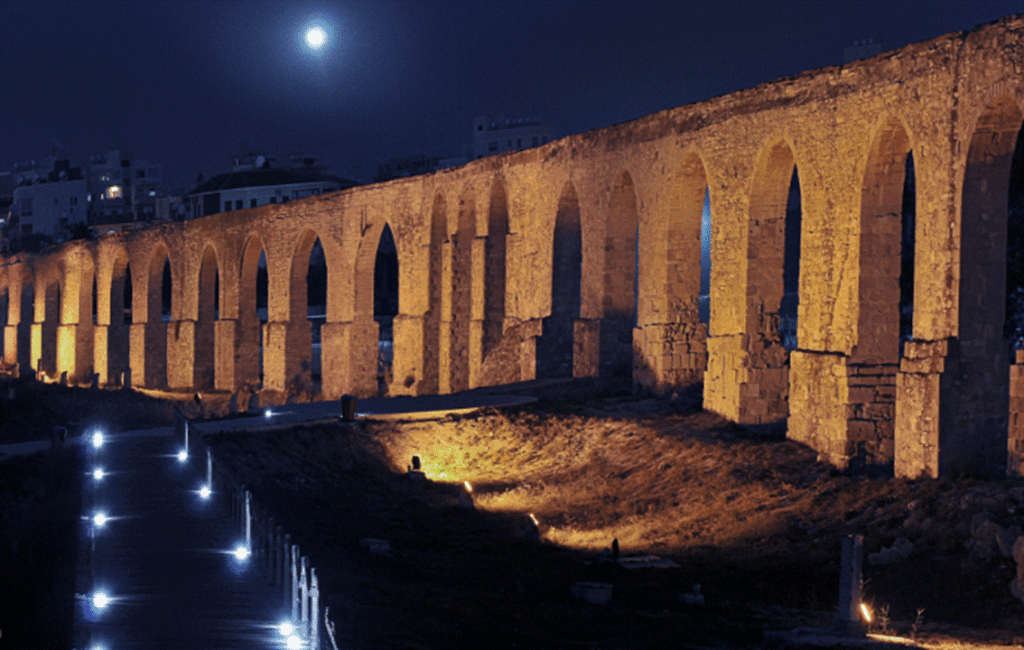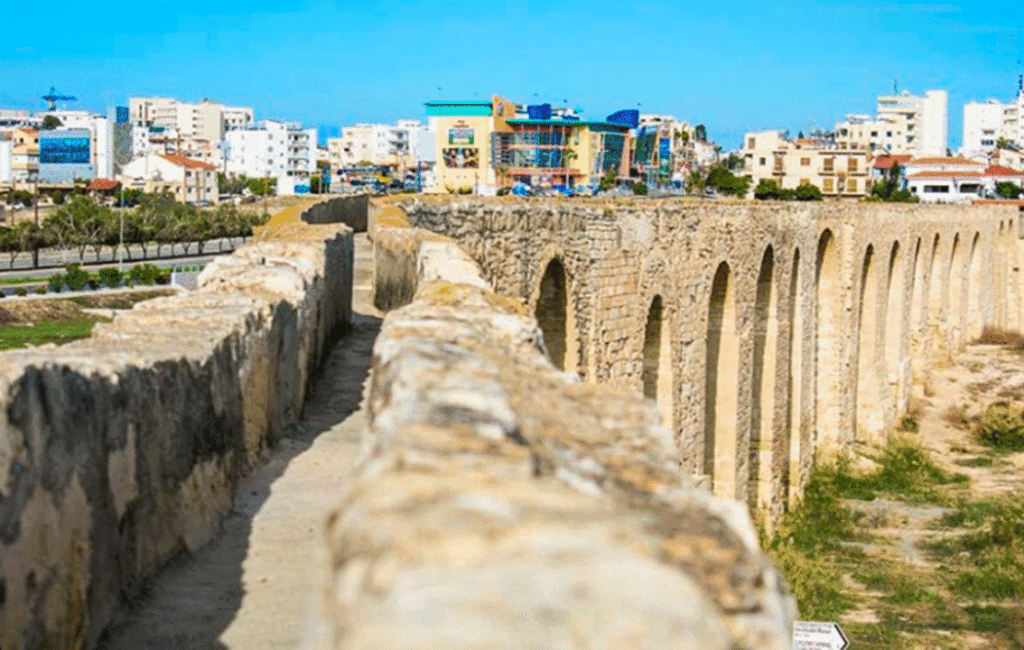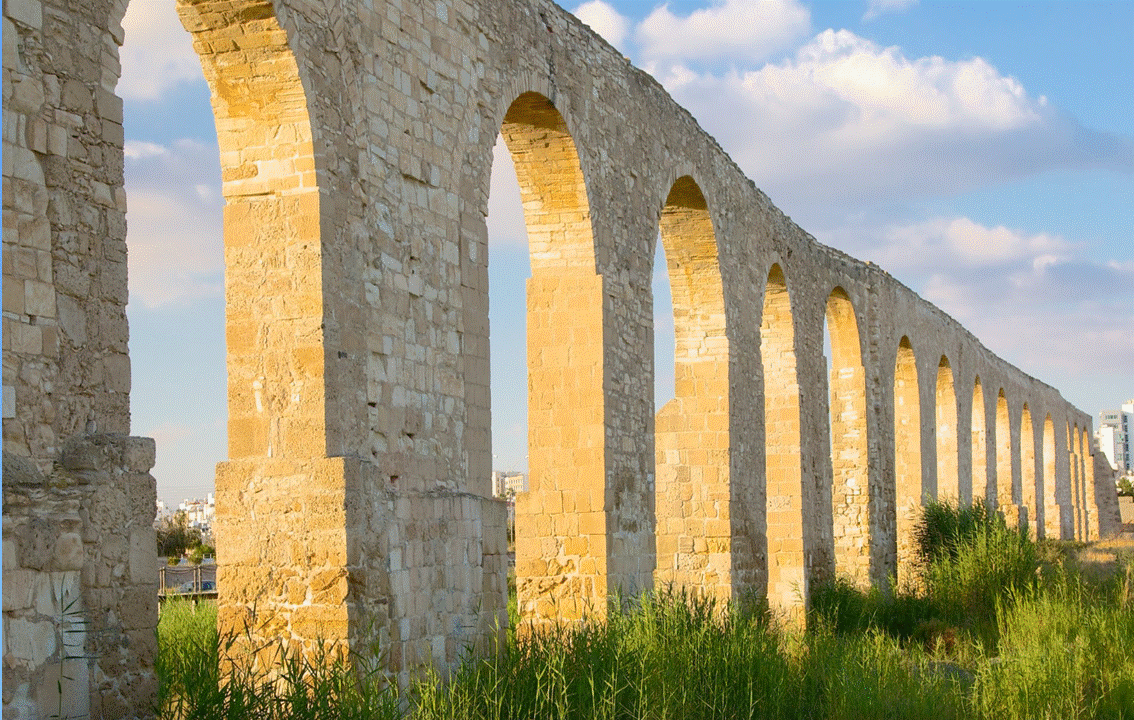
WHAT IS AN AQUEDUCT?
An aqueduct is a structure with a network of pipes or channels. They are designed to transport water over long distances from elevated sources to inhabited areas. Aqueducts historically were crucial for supplying fresh water to cities, agricultural fields, and industrial sites. Almost every populated area in Cyprus has preserved fragments of an ancient aqueduct. The most prominent of which is the ‘Kamares Aqueduct’ of Larnaca.
A ROMAN DESIGN
The Romans are famous for their extensive aqueduct systems. Roman designs cleverly utilised gravity to move water. They often included impressive architectural features like arches and bridges. Modern aqueducts still function in a similar way, using a combination of gravity and pumping systems, delivering water where needed.
Aqueducts can take on various forms
Bridges: These are raised structures that carry water across valleys or any obstacles.
Channel Systems: These are canals or ditches that allow water to flow overland.
Pipes: These are enclosed systems that carry water under or above ground.


IT'S IN THE NAME
The Kamares aqueduct is the oldest surviving aqueduct in Larnaca. The name ‘Kamares’ derives from the Greek word for ‘arches’, and the immediate area surrounding the site also adopts this name. It is considered one of the most important monuments constructed during the Ottoman period in Cyprus. The aqueduct itself is located just outside the city centre, by the old road to Limassol. A cobbled area with benches and a footpath links the aqueduct with the Larnaca Salt Lakes. The backdrop of the aqueduct provides an ambient setting for some lovely walks during the day or evenings.
ROMAN LOOKS WITH OTTOMAN INGENUITY
During the late 18th century, the ever-growing city of Larnaca needed more fresh water. The Ottoman governor of the time decided to construct a new aqueduct. He wanted the new aqueduct to not only supply much-needed water the city, but also to create an Ottoman legacy.
THREE YEARS TO COMPLETE
The construction of the Kamares aqueduct began in 1747. It originally consisted of 75 arches that stretched for 16 km. Built using Roman-styled arches, the structure took a total of three years to complete. The aqueduct continued to supply clean fresh water to the people of Larnaca from 1750 up until 1936. Water was carried to the city from and the aqueduct’s underground water channel, which drew water from several springs and a river. The furthest of these water sources was 10 km away. There are still remnants of several small wells along with an old grain mill along the aqueducts route. There are just over 20 of the original arches that have survived and are still intact.
ROMAN LOOKS WITH OTTOMAN INGENUITY
The Installation of a new piped water system in 1936 by British administrators rendered the aqueduct redundant. Today the structure stands as a testament to Ottoman ingenuity and a testament to Ottoman engineering. It is also fair to say that the Ottoman legacy, first envisaged by the Ottoman governor of Larnaca, has definitely been fulfilled.


